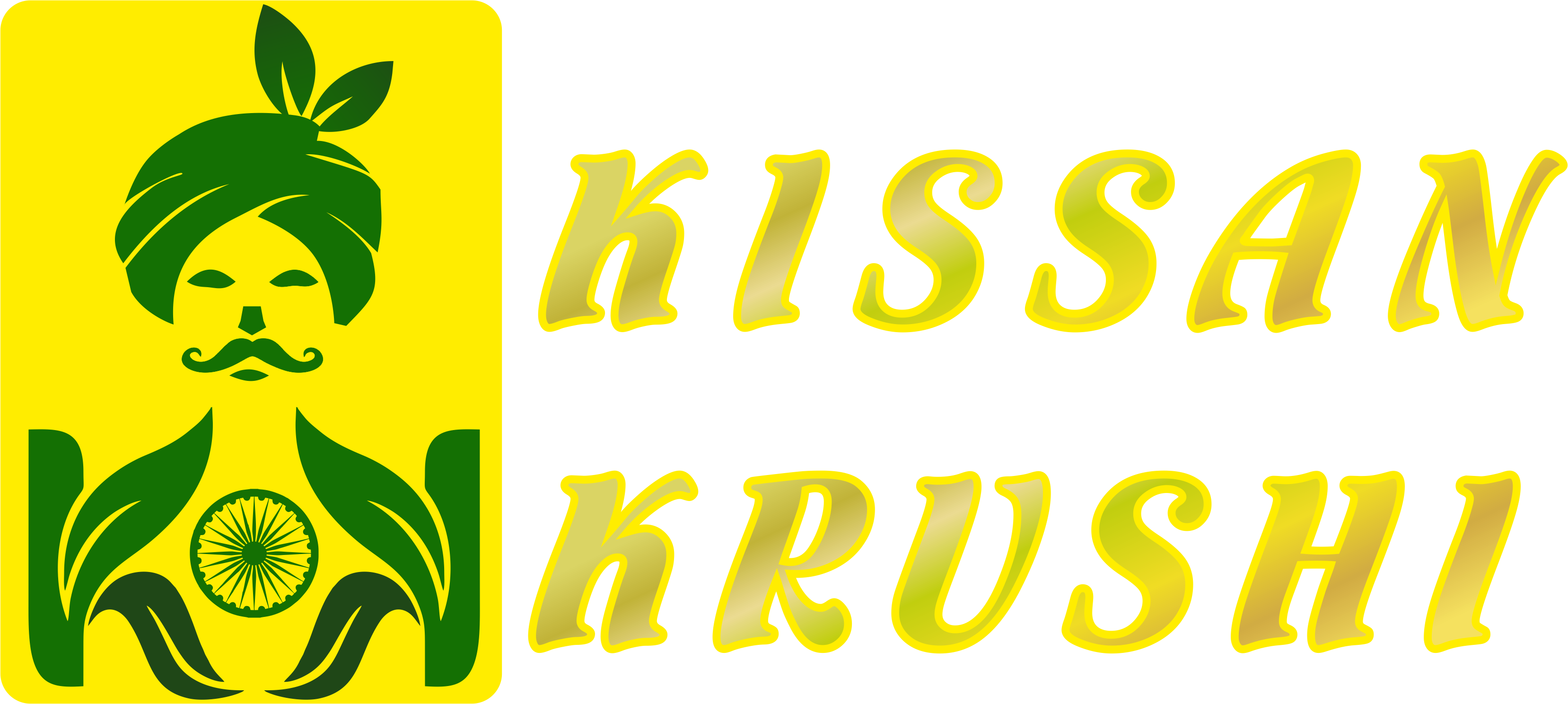
What is Healthy Soil
Dirt and mud are not the same thing. Dirt is a lifeless mixture of minerals, air and water. Soil contains minerals and air, as well as animals and other organisms, and ultimately their waste and/or decaying bodies.
Healthy soil:
• Loose, friable, and well drained
• Approximately 45% minerals, 25% water, 25% air and 5% organic matter
• Has good structure and texture, adequate nutrients and a pH between 5.5 and 7.5
• Contains large numbers and types of organisms
The living component of soil is called the soil food web and includes microscopic bacteria, algae, fungi and protozoa; More complex life forms such as nematodes and micro-arthropods and visible organisms such as earthworms, insects and small vertebrates.
The main factors that impact the health of the soil are:
• Soil structure and texture
• Soil chemistry
• Content of organic matter
• Soil Biology
• Infiltration, retention and movement of water
Healthy soil has a good combination of all these factors; unhealthy soil has a problem with at least one of them.
What does healthy soil do?
• Cycles nutrients, making them available to plants
• Provides a healthy rooting environment
• Creates a habitat for a wide variety of plants, animals and microorganisms that live in and on the soil
• Reduces leaching of nutrients into ground and surface water
• Reduces run-off and erosion
• Increases water holding capacity so water enters the soil and is available for plant growth
• Absorbs and filters excess nutrients and pollutants so the water does not carry pollutants to groundwater or surface water.
• Provides a stable foundation for structures
Do you have healthy soil?
There are many indicators of healthy soil:
• Productive, good looking plants
• Earthworms
• Easily penetrates water
• Easy to work soil
To better understand what’s happening beneath your feet, know your soil!




